I recently watched a Kathakali recital at the Chembur Fine Arts Society in Mumbai. The performance that evening was based on the story of the wicked king Jarasandha who is supposed to have lived in the time of the Mahabharata. Over a two hour period, the performers enacted a piece called Jarasandha Vadam (the conquest of Jarasandha) which traced the life and ultimate death of the evil king at the hands of the Pandava Bhima, aided by his cunning friend, Krishna.
Kathakali means a story (katha) told in the form of a play (kali). A mix of classical and folk dance forms, Kathakali is originally from the Malabar region of Kerala and goes back to the seventeenth century. Everything in Kathakali is exaggerated and larger-than-life – the music, the make up and the gestures – and the desired effect is sheer drama.
Kathakali as it was originally performed had no formal stage; it was performed typically in temple courtyards, under the open sky. In contemporary performances, though there is usually a well-defined stage (except in case of traditional settings in villages), performers are still allowed only limited means of expression – as defined by the norms of the art. Therefore the music, mostly percussion, is loud and lively, adding to the dramatic feel. The orchestra includes the chenda and maddalam (variants of drums) along with two male singers and a person with the cymbals.
The songs are based on a heavy dose of Sanskrit, combined with local Malayalam. In Kathakali, there is almost no speech except for occasional sounds (vaachika) – laughter, grunts and roars – by the key characters. Therefore, the abhinaya (emotion) through the eyes and mudra (gestures) with hands and feet are as vital to the story-telling as the costume, and as embellished.
And even before all this, is the make-up, which starts three to four hours prior to the recital. Make-up in Kathakali is elaborate and indicative of the tone of the performance. Paints and oils, canvas and cloth, silk and cotton… it is a process that is as intensive and time-consuming to go through as it is fascinating to watch. Colour plays a significant symbolic role in indicating personality types and characters. Green and white signify the purer and softer emotions (Saatvik) of goodness and spirituality respectively. Red is a strong colour as everywhere else and denotes aggression (Rajasik) while black stands for evil (Tamasik). The other prominent colour in Kathakali is yellow, which combines good and bad, the qualities of Saatvik and Rajasik. For instance, in the performance I watched, Jarasandha, the villain of the story had a red beard, clearly signifying an evil, demonic personality.
The traditional Kathakali repertoire is said to contain 101 stories from mythology. Performances typically begin late in the night and tend to go on for many hours, with the involvement of the audience kept up through the long night with dramatic story-telling devices. Part of the training involves special massages to impart flexibility to the body. Additionally, Kathakali exponents undergo several years of rigorous instruction in Kalaripayattu, a local martial arts form, to gain the grace and stamina that this dance requires. Perhaps for these reasons, all characters including female parts are always played by men.
Nowadays, the demand is for shorter performances which end in a couple of hours. Fortunately, unlike a lot of other traditional performing arts, Kathakali is alive and flourishing, thanks to the efforts of organizations like Kalamandalam and individual crusaders. I guess a story well told always attracts an interested audience.
A Quick Tip: Kerala Kalamandalam, the academy of performing arts founded in 1930, is based in Thrissur, just 110 km away from Cochin and is an excellent place to watch performances and the preceding elaborate make-up ritual.
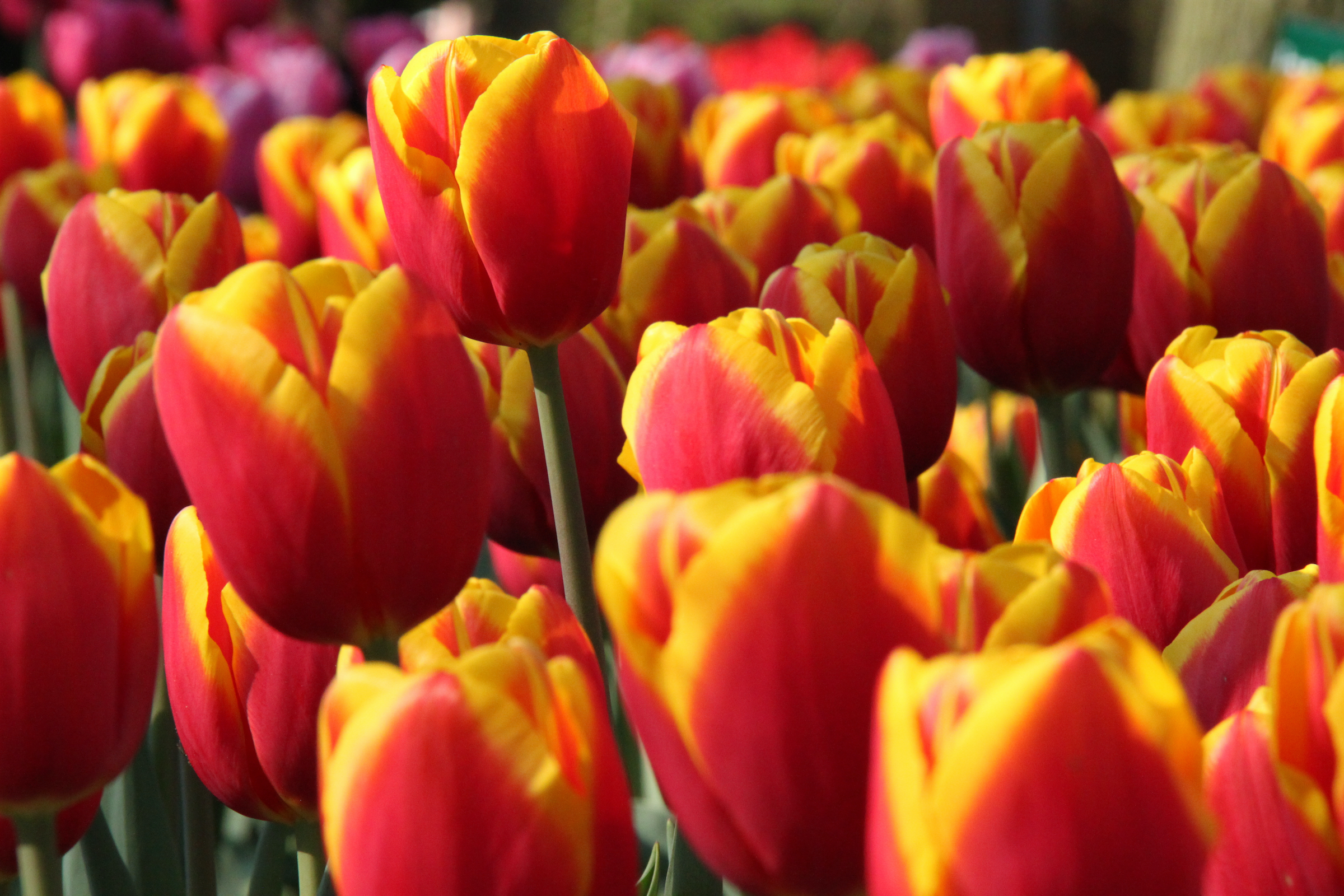
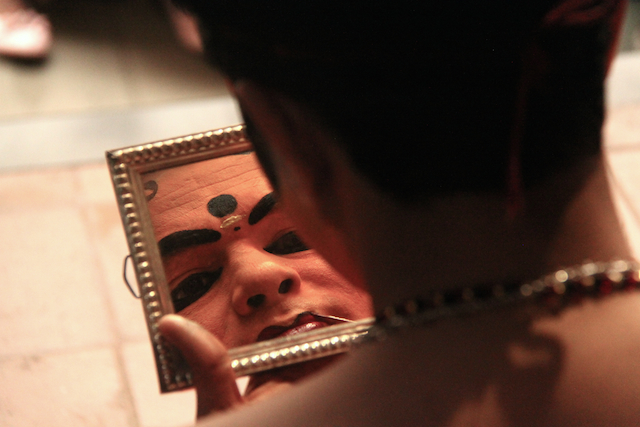

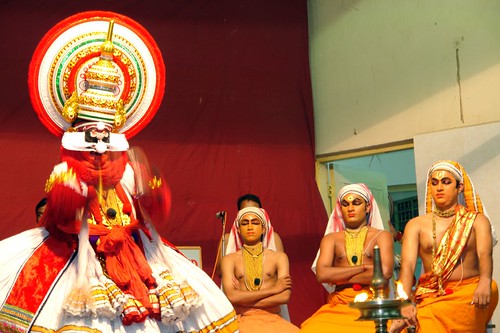
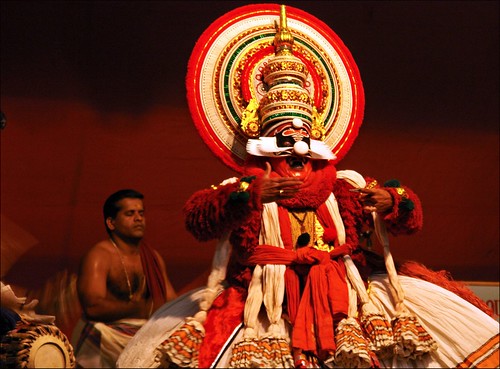
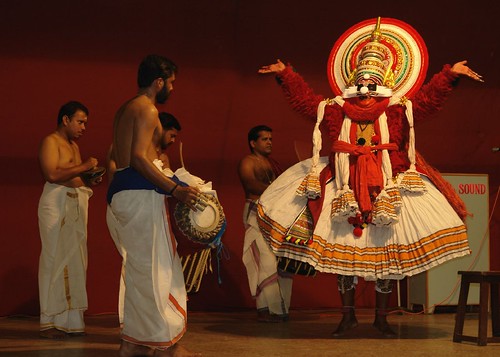
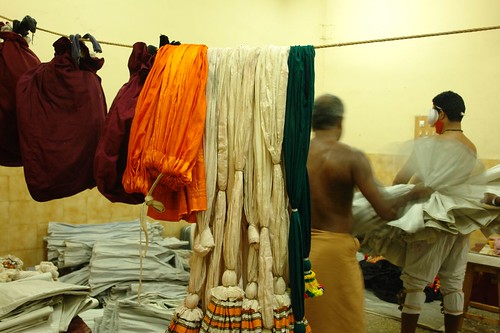



Kathakali has always attracted me due to its visually striking costumes. A very nicely written piece that shows some behind-the-scenes aspects of Kathakali!
Reminded me about the nights spend watching Kathakali at the temple near home. We kids used to fall asleep and suddenly wake up during a dramatic scene.
🙂
Bindhu
Rajan, thank you! I find Kathakali attractive too – and highly photogenic! just that it is not always easy to follow the story!
Bindhu, that must have been fun – I wish I could watch a performance in its original context!